Autumn has arrived and, for many, it is time to start a pre-Christmas diet. Walnuts, chestnuts, hazelnuts and almonds are the perfect snack recommended by nutritionists and our allies in this mission impossible. Let us enjoy these dried fruits’ Autumnal flavour and the shades of colour which enhance the nature in Lazio.
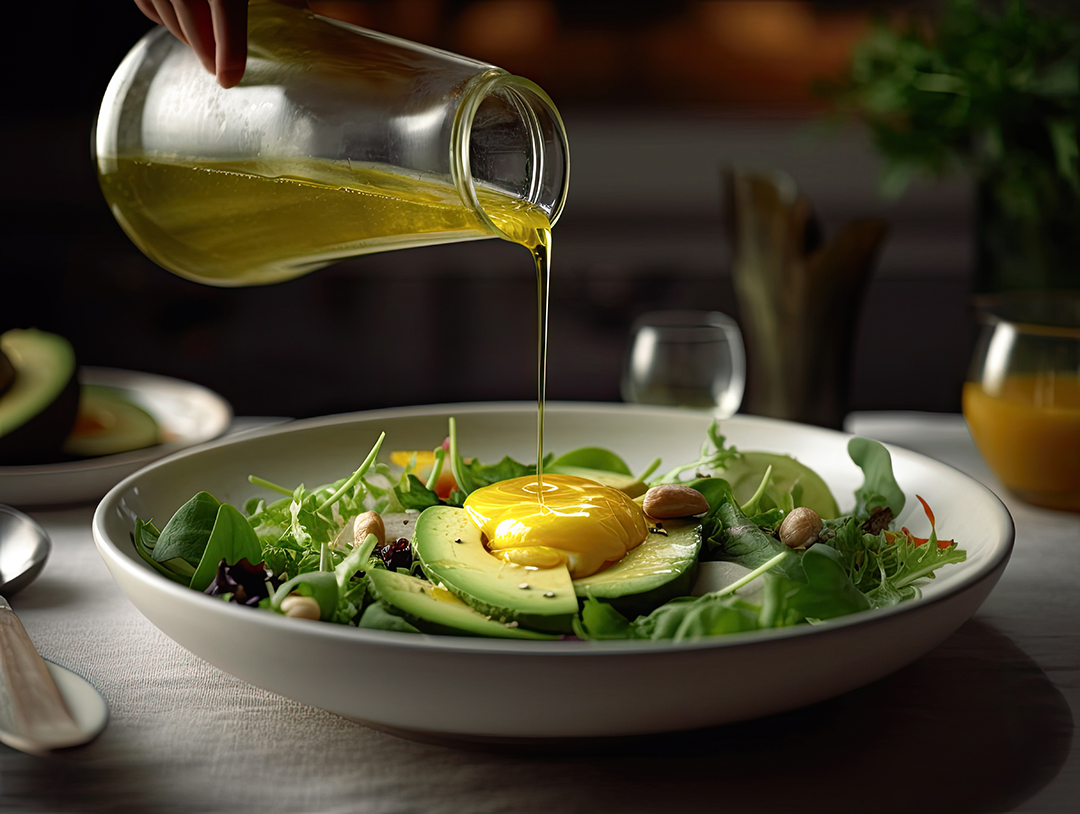
According to dieticians, it would be better to start a meal with salad, which can be enriched and made crunchy and appetizing by a bittersweet combination of raw, spontaneous and aromatic herbs from Lazio. Here is our magic potion: cockscomb, donkey ears, dandelion, hound’s tongue, burnet, rampion, chive, and oregano. We can also add a bit of caccialepre, scazzaliébbre, as it is called in Ponza, a small milky-bitterish herb which embellish the whole island with yellow flowers. Finally, we complete our dish with wild chicory, lamb’s lettuce, radicchio, Roman puntarelle (Catalogna chicory), rocket, and wild radishes.
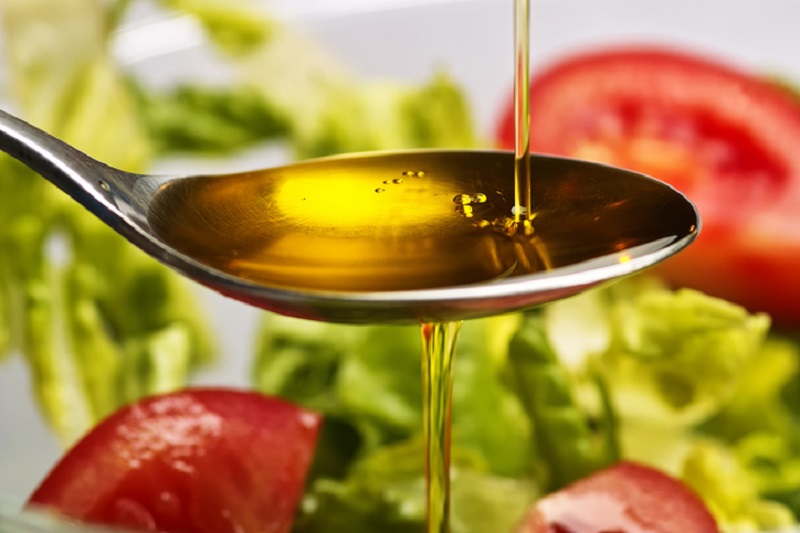
For the seasoning, we will use salt, Evo oil DOP from Tuscia, lemon juice and mint leaves, and then sprinkle our salad with mustard grains and flax and sunflower seeds. For a final touch, we can decorate it with pear slices and walnuts. The seeds will purify our body and keep cholesterol low, while the walnuts will induce satiety.
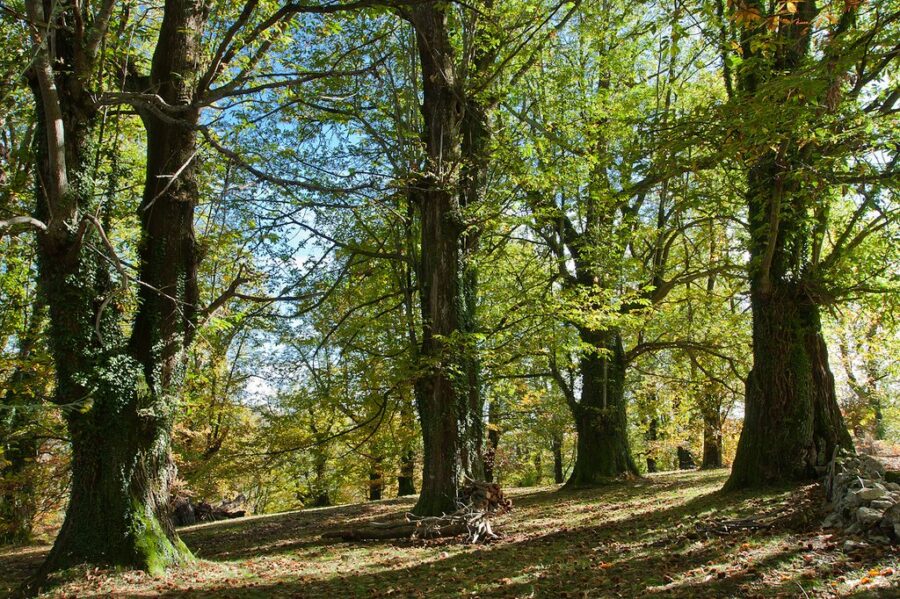
If we are still hungry, why not taste the delicious chestnuts and marrons from Lazio? As we enter the monumental thick chestnut grove in Terelle, we come across a medieval burg, perched at 900 metres on Mount Cairo, invisible from the Liri Valley below. Wrapped in their mysterious spiny shells, chestnuts hang from eight-hundred-year-old trees of twelve metres width. This fairy-tale corner of Lower Ciociaria is home to the chestnuts from Terelle DOC, to be savoured in November during the festival of the same name.
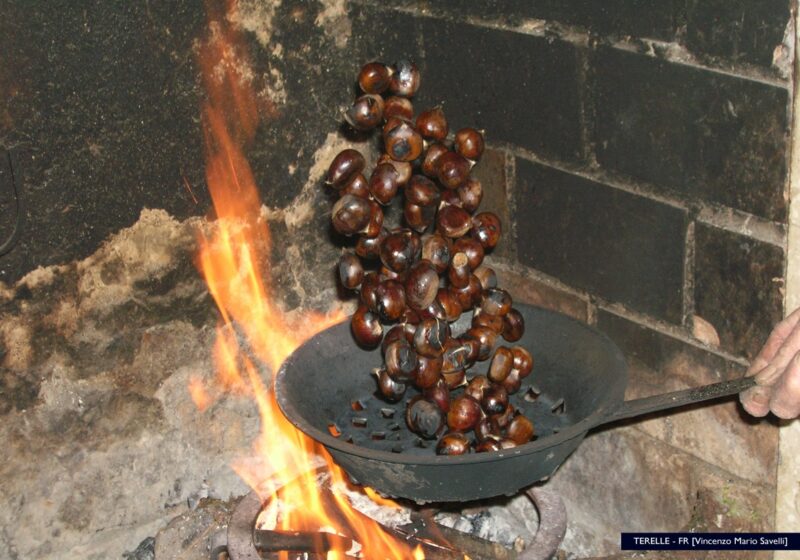
Although they contain carbohydrates, you will not put on weight if you use the right cooking method. Avoid dried chestnuts and prefer them boiled. But, if you cannot resist, you can give in to the temptation of eating them roasted from the paper cone.
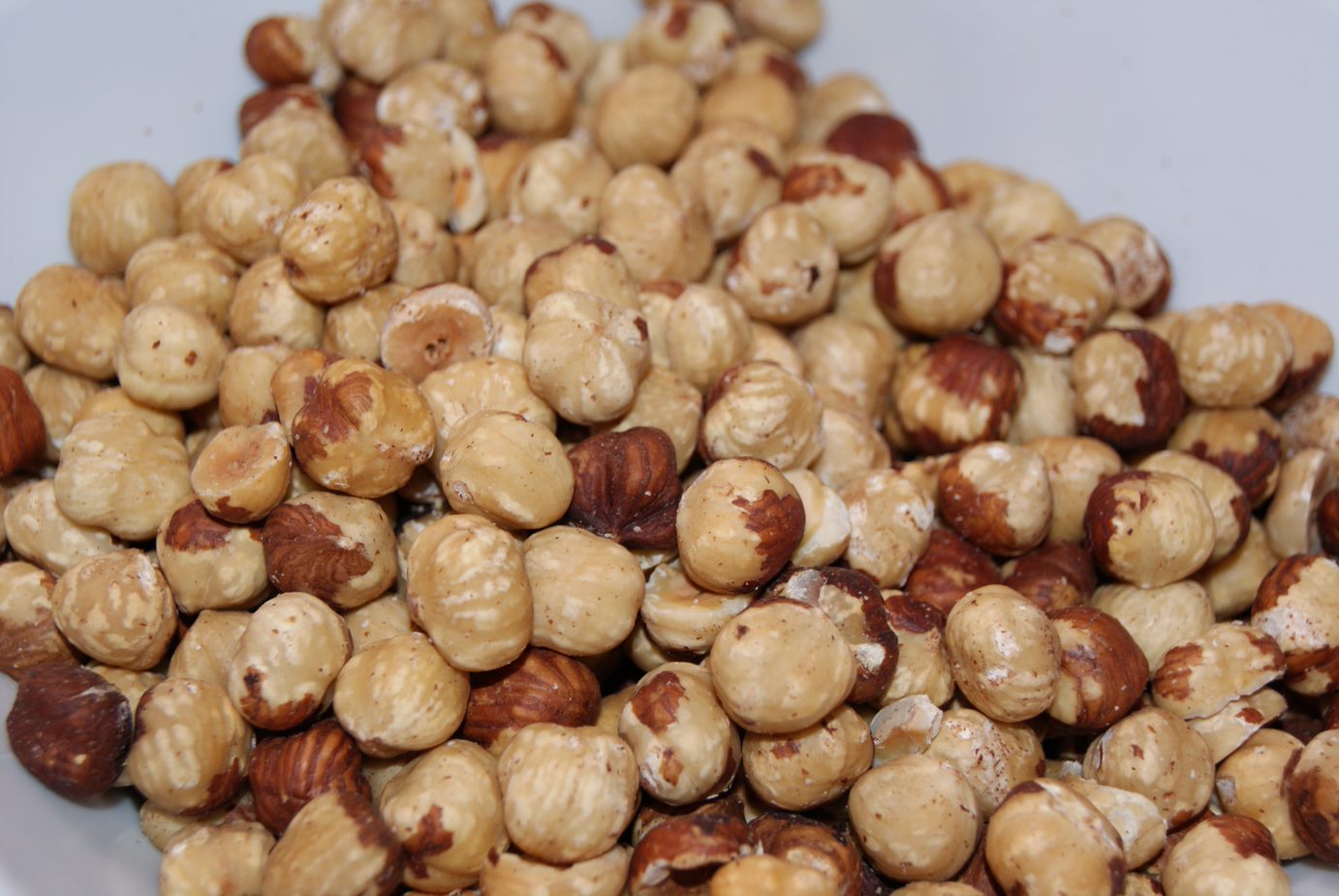
In the Cimini and Sabatini Mountains, we can taste the delicate Tonda Gentile Romana DOP hazelnut, celebrated with a Festival in Caprarola at the end of August. In Ancient Rome, wild hazelnuts were burnt during sacrifices to the God Janus on the Carbognano Hill.
In Ronciglione, pastry chefs compete for the “Premio Nazionale del Dolce con Nocciola Tonda Gentile Romana DOP””, the National Prize awarded to the best desserts and cakes prepared with the Tonda Gentile Romana DOP Hazelnut, included biscuits, spreads and ice creams. Unfortunately, the Festival takes place between October and November, our diet time, but we will appreciate hazelnuts with cereals or fresh fruit for breakfast, as flour for gluten-free cakes, or on gratinated vegetables. A handful of hazelnuts reduces the body mass index, yet giving gratification, and the nut protective film, rich in antioxidants, is an elixir of life.

Borgorose, a small village in Cicolano, is home to the Serpentone di Sant’Anatolia, a gluten-and-lactose-free cake, prepared with ground bitter and sweet almonds, sugar, eggs, lemon and two coffee beans for the eyes.
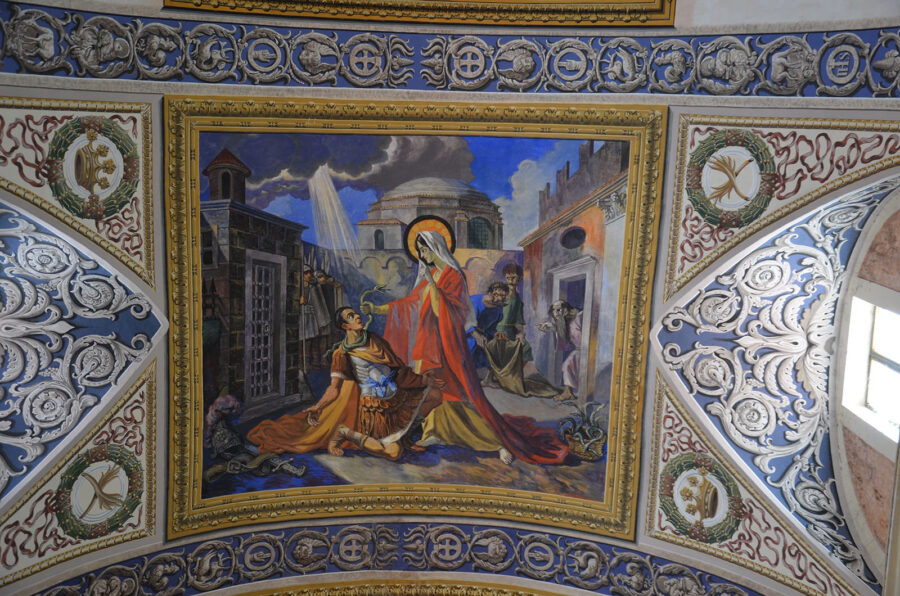
Santuario di Sant’Anatolia in Borgorose (RI)
It is said that, in 251 A.D, Anatolia was trapped into a bag with poisonous snakes, but came out miraculously unharmed the day after. The snake shaped Serpentone, prepared on July 10 in Borgorose during the Feast of Santa Anatolia, symbolizes the religious concept of the triumph of good over evil, whereas in the portraits of Cere’s, the Goddess of Agriculture, the snake represents the changing of the seasons and the cycle of death and rebirth.
The cake main ingredient, the almond, is a Christian symbol; once the shell is broken, its true essence is revealed.
